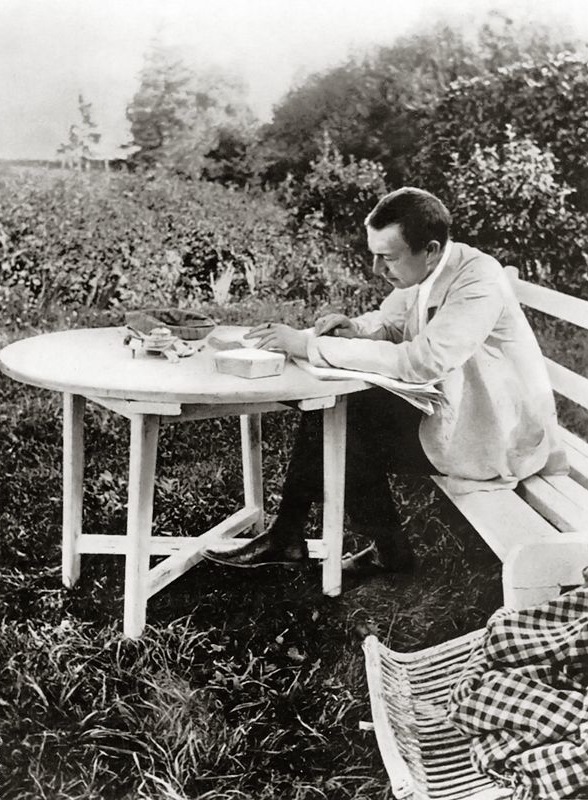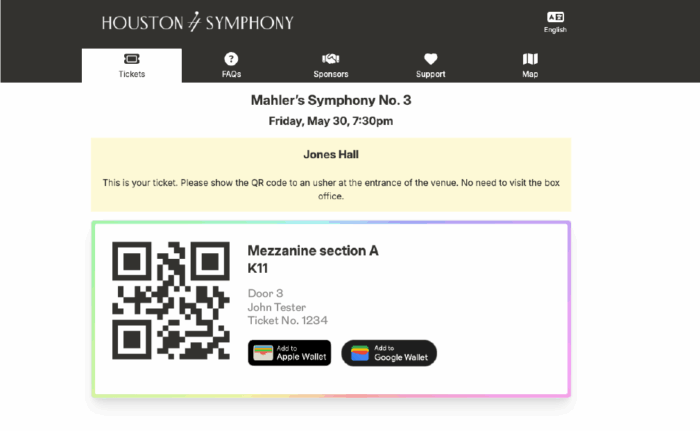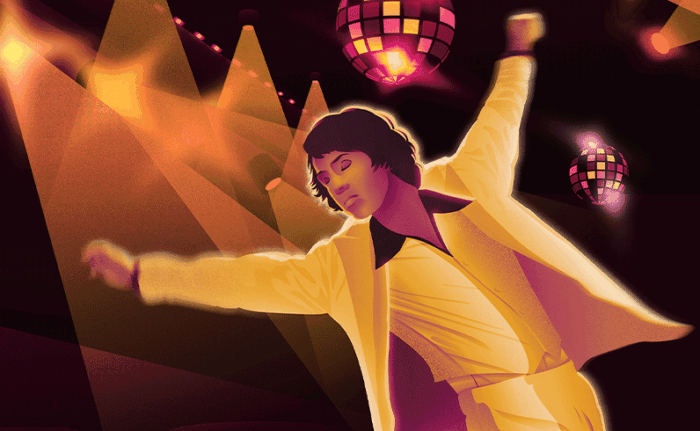January 13–15 marks the first weekend of the Houston Symphony’s Riots & Scandals Festival, featuring works that scandalized the artistic establishments of their day paired with Yefim Bronfman’s interpretation of Rachmaninoff’s Piano Concerto No. 3. Read on to discover this passionate, virtuoso cornerstone of the piano repertoire.
All Voices at Once
After a busy season of concertizing in Europe, it was with pleasure that Rachmaninoff returned with his wife and two daughters to Ivanovka for the summer of 1909. Removed from the bustle of Moscow by more than 250 miles, Ivanovka was a country house owned by his in-laws that had been a perennial source of inspiration and renewal for Rachmaninoff. In a letter, Rachmaninoff described how natural settings could stimulate his imagination: “I go for a long walk in the country. My eye catches the sharp sparks of light on fresh foliage after showers; my ears the rustling undernote of the woods. Or I watch the pale tints of the sky over the horizon after sundown, and they come: all voices at once. Not a bit here, a bit there. All.”
It was not long before the voices began to sing to him of a new work: his Piano Concerto No. 3. Years later, Rachmaninoff recalled how he had composed the germinal melody of the piece: “It simply ‘wrote itself’!…If I had any plan in composing this theme, I was thinking only of sound. I wanted to ‘sing’ the melody on the piano, as a singer would sing it […]”
By the end of the summer, this simple theme would grow into one of the towering masterpieces of the piano concerto repertoire. Rachmaninoff himself gave the premiere the following November in New York with Walter Damrosch leading the New York Symphony. However, the first performance, part of an exhausting but lucrative American tour, was not the one that Rachmaninoff remembered best. Later in the tour he performed the work again with none other than Gustav Mahler conducting the New York Philharmonic. “He devoted himself to the concerto until the accompaniment, which is rather complicated, had been practiced to the point of perfection,” Rachmaninoff recalled.
Despite this success, the concerto was not taken up by other pianists for decades, perhaps in no small part due to its extreme technical requirements—it is one of the most difficult concertos in the repertoire. Much to Rachmaninoff’s chagrin, the pianist Joseph Hoffmann, the work’s dedicatee, never dared to play it. It was not until Vladimir Horowitz championed the concerto in the 1930s that the piece began to be widely performed. Today it is recognized as one of the greatest of all concertos, a test for all pianists and a breathtaking emotional journey for listeners.
The Music
After a few introductory measures, the piece begins with the remarkable theme that “simply wrote itself,” a haunting melody in D minor introduced by the soloist in unadorned octaves. The violas then take up the theme as the soloist plays cascading arpeggios, which develop into a virtuoso transitional passage that dies away. Throughout the concerto, Rachmaninoff shapes his musical ideas into waves that swell and recede around climactic moments, carefully pacing the unfolding drama. A warmer, contrasting theme emerges as a quiet dialogue between strings and piano. At first, the theme has a march-like character, but it soon becomes lyrical and passionate in the hands of the soloist.
This theme, too, fades away. A return of the opening theme soon wanders off course, and the soloist begins building relentlessly to a harrowing climax. Shadowy music retreats from this intense moment, leading to the concerto’s cadenza, an extended virtuoso passage for the soloist alone. The cadenza effectively doubles as the reprise of the main ideas of the movement, building to a monumental, chordal version of the main theme. After this powerful passage, woodwinds mark the midpoint of the cadenza with dreamy fragments of the main melody. The soloist then continues alone with an expressive reprise of the second theme. The orchestra reenters for a final appearance of the main theme, and the movement ends with a brief, quiet coda.
The slow second movement begins with a sighing, rhapsodic theme introduced by the oboe. The soloist enters with an intense, chromatic cry before beginning its own version of the theme: dreamy at first, it soon becomes more turbulent. During one expressive passage, the violins allude to the main theme of the first movement. The music ebbs and flows, building to a strong, cathartic version of the theme. This dies away to a fast, scherzando passage featuring gossamer runs for the soloist. Beneath, woodwinds play a waltz-like tune derived from the main theme of the first movement. After this episode, the orchestra reprises this movement’s main theme, until the soloist reenters with a virtuoso call to arms.
After three powerful orchestral chords, the soloist launches directly into the finale’s heroic main theme, based on a powerful rhythm that recalls the tattoo of drums and fanfares. A vigorous transition full of marching rhythms to a more lyrical, contrasting theme. A series of delicate variations recalls the rhythms of the heroic, main theme of the finale, but it becomes increasingly apparent that the variations are in fact based on the lyrical second theme from the first movement. After a reminiscence of the haunting main theme of the first movement in the violas and cellos, we hear another memory of the first movement’s second theme. The variations then resume, peacefully dying away to a meditative moment for the soloist.
The heroic rhythms that began the movement then resurface in the orchestra, driving to a reprise of the finale’s main themes. Suddenly, the orchestra cuts off at the height of the passionate second theme, beginning a tense crescendo. The eerie, brittle sound of strings col legno (playing with the wood of the bow) underlies the soloist’s virtuoso feats as the suspense mounts. At last, the tension breaks, and with powerful chords, the soloist announces a climactic, soaring version of the finale’s passionate second theme. The concerto then races to an exhilarating conclusion, ending with what some suspect is Rachmaninoff’s musical signature: a long-short-short-long rhythm that perfectly fits the syllables of his name. —Calvin Dotsey
Don’t miss Yefim Bronfman’s performance of Rachmaninoff’s Piano Concerto No. 3 January 13–15
This blog was originally published in August 2019





